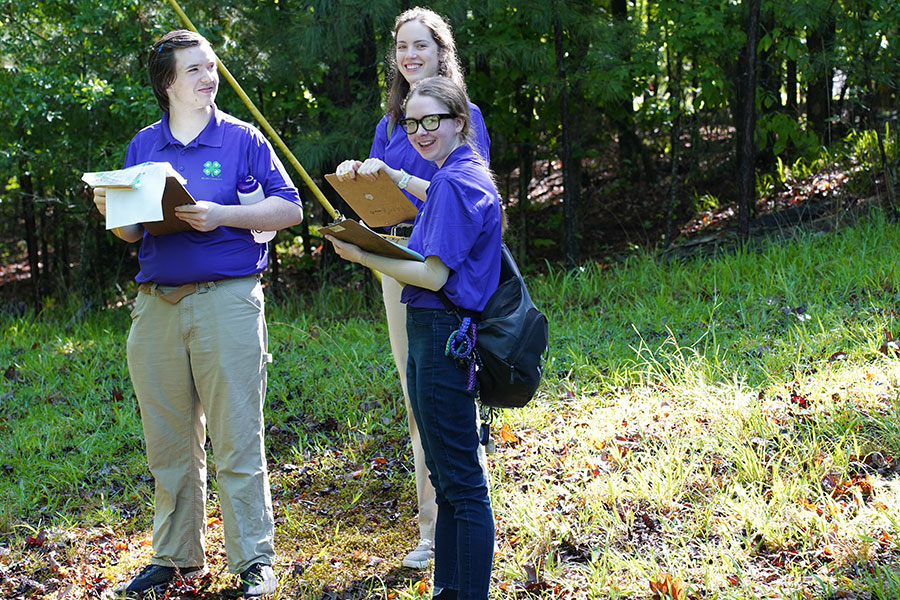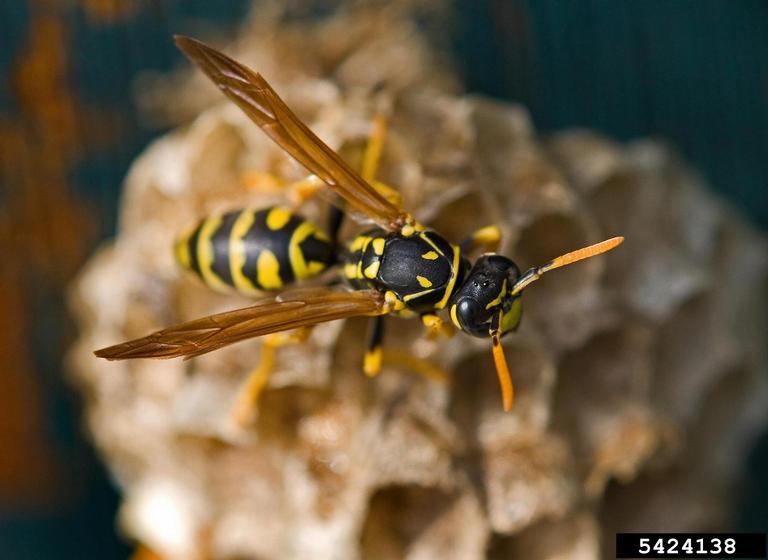By Mike Isbell
University of Georgia
This may sound strange coming from a country boy, but it's true. Mom cooked both of them a lot when I was a kid. And I had to eat 'em. But I didn't like either one.
I'm still not really crazy about corn bread, unless it's Hilda Strickland's. Hilda is a friend of ours in LaGrange, Ga. Every now and then she'll send us some corn bread fresh out of her oven and a pot of her homemade vegetable soup. Now that's some good corn bread.
Until a few years ago I'd just as soon have eaten pecan leaves as turnip greens. Both of those things are bitter.
Tastes change
But I kind of like turnip greens now. And that's good, because after all, this is the South, and boys from the South are supposed to like turnip greens.If you have a turnip, collard or mustard green patch, you may have trouble with fungal leaf spot diseases. These diseases cause ugly spots on the leaf surface, ruining the greens' appearance.
Sometimes the diseases kill the entire plant.
The two most destructive diseases in Georgia are downy mildew and white spot.
How to spot diseases
If you look underneath the leaves you may see a grayish mold in spots and later a slight yellowing on the upper leaf surface. Infected spots enlarge as they turn tan and papery. This is downy mildew.White spot causes pale green to gray, circular to angular spots on the leaf. Each spot has a yellowish to brown halo or border around it.
Cool weather, with night temperatures in the mid-40s to about 60 degrees and daytime temperatures of no more than 75, with drizzling rains and heavy dew make ideal weather for downy mildew.
White spot overwinters on turnips, mustard, collards, cabbage and broccoli. Each infected spot produces many spores that can be blown long distances by the wind. White spot reproduces and spreads at a temperature of 71 to 86 degrees.
What to do
Crop rotation is very important in controlling all of the fungal leaf spot diseases that attack greens. So rotate your crops. Plant something else in that spot for a couple of years.And don't plant your greens so thick that there is poor air movement, because the leaves will take a long time to dry off from rain or even dew.
If your greens develop these leaf spot diseases, try mowing them down. But be sure to remove the debris. With luck, the new growth will be disease-free.
And with luck, you'll have a good crop of greens to eat with your corn bread.
(Mike Isbell is the Heard County Extension Coordinator with the University of Georgia College of Agricultural and Environmental Sciences.)






